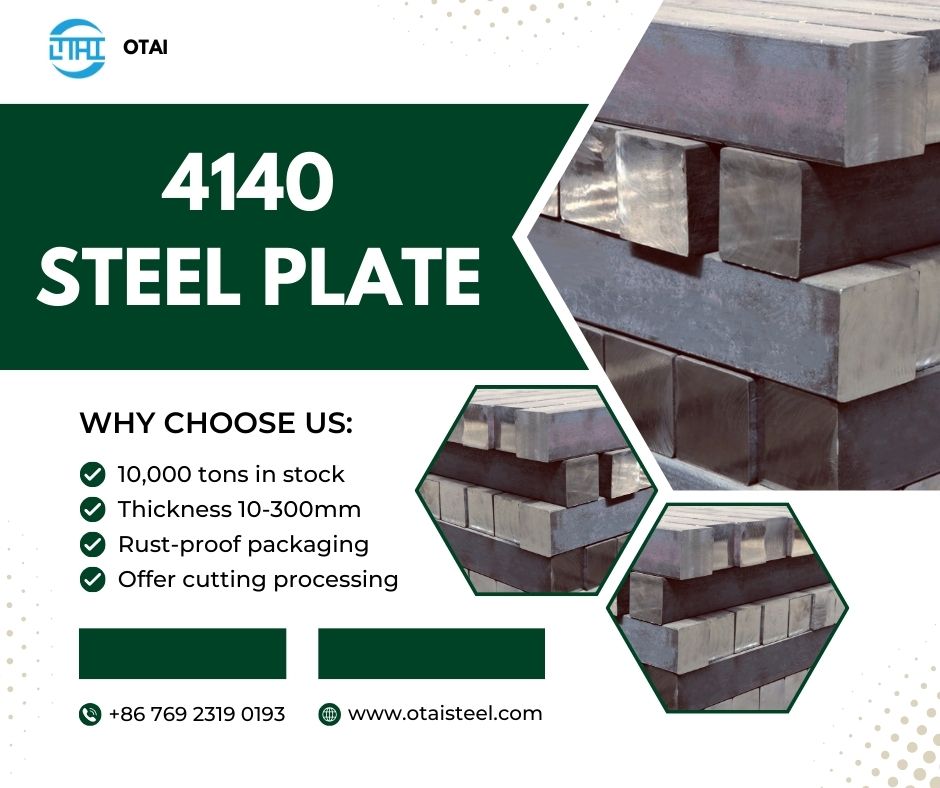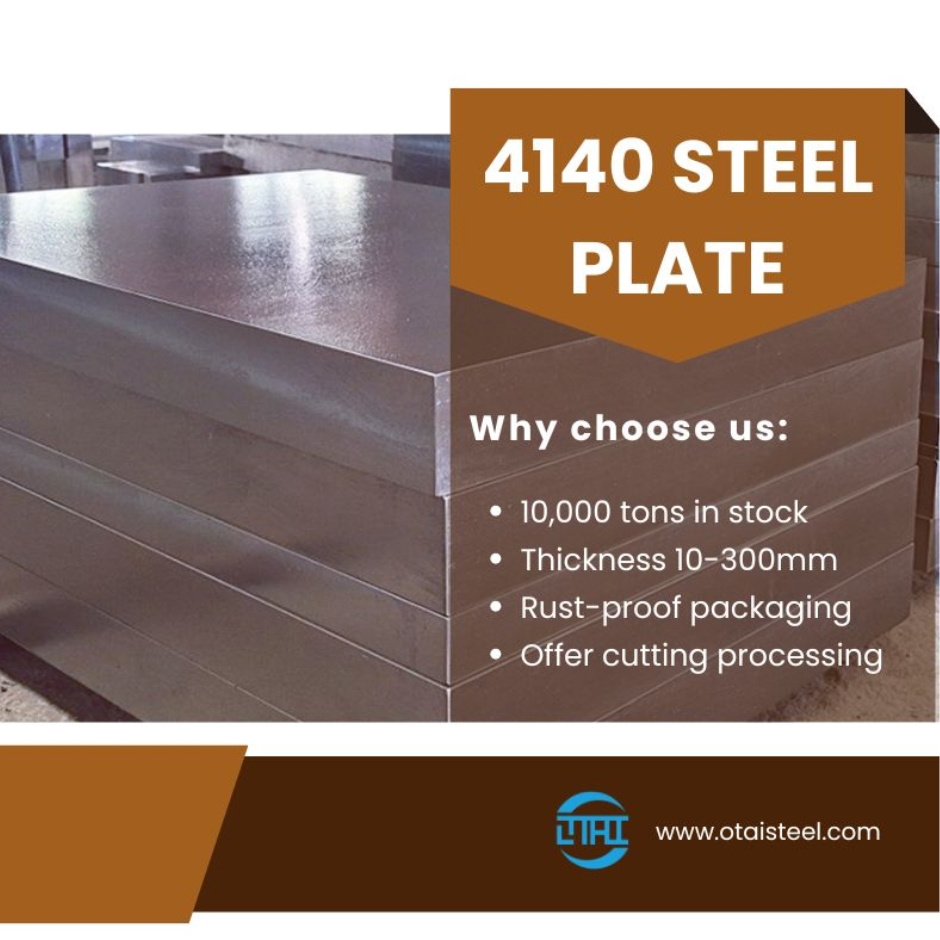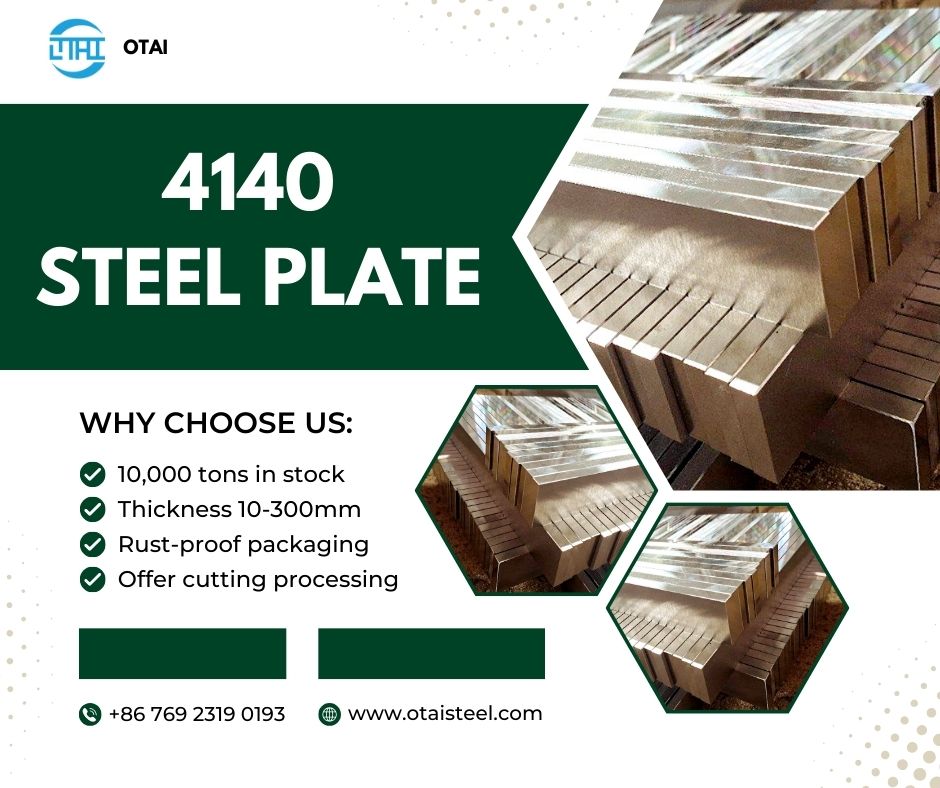 Weldability of 4140 Steel: From Material Properties to Post-Weld
Weldability of 4140 Steel: From Material Properties to Post-Weld
In alloy steels, 4140 sets the standard for strength and durability. Its chromium and molybdenum blend makes it ideal for high-performance uses. Welding 4140 is not merely a technique but a sophisticated science that OTAI has mastered.
OTAI’s Commitment to Quality: Stock and Custom Solutions
OTAI demonstrates its dedication through a vast inventory of 4140 steel in various thicknesses, ready for immediate delivery. We provide more than just steel; we offer tailored solutions, including precise cutting and customized packaging to meet your project’s needs.
Understanding 4140 Steel’s Properties
4140 steel’s high carbon content enhances hardness but poses challenges for welding. Our specialists excel in welding this material, ensuring each weld reflects our expertise.
Designing the Ultimate Welding Process for 4140 Steel
OTAI’s welding process for 4140 includes preheating to prevent cold cracking. We use the latest industry insights to choose compatible welding consumables, achieving optimal results.
Advanced Welding Techniques
Our approach blends innovation with tradition, employing Gas Tungsten Arc Welding (GTAW) for precision and Shielded Metal Arc Welding (SMAW) for versatility. These methods are selected to ensure strong and reliable welds.
Addressing Welding Challenges
Welding 4140 involves challenges like distortion and hard zones. Our skilled team uses advanced equipment and strategic methods to address these issues, ensuring high-quality results.
Post-Weld Heat Treatment: Ensuring Excellence
Our post-weld heat treatment addresses residual stresses, enhancing the durability and integrity of the welds.
Quality Assurance: OTAI’s High Standard
We maintain rigorous quality checks and tests to ensure each weld meets our high standards, reflecting our commitment to excellence.
Safety First: A Core Principle
Safety is fundamental at OTAI. We adhere to strict safety protocols to ensure a secure working environment for our team and maintain process integrity.
OTAI: A Trusted Global Partner
Our reputation for quality has been solidified through partnerships with global enterprises, consistently exceeding technical expectations.
Versatility and Consistency
4140 steel’s diverse applications require a versatile welding approach. OTAI guarantees exceptional quality across various projects, from aerospace to heavy machinery.
Stress Relieving: Ensuring Reliability
Our welding process includes stress relieving, essential for the long-term reliability of the welds. This attention to detail sets OTAI apart in 4140 steel welding.
Summary: A Tradition of Excellence
4140 steel weldability: A Commitment to Quality and Craftsmanship: The Legacy of Quality. Our comprehensive approach, from inventory to post-weld treatments, delivers not just a product but a commitment to quality and reliability.
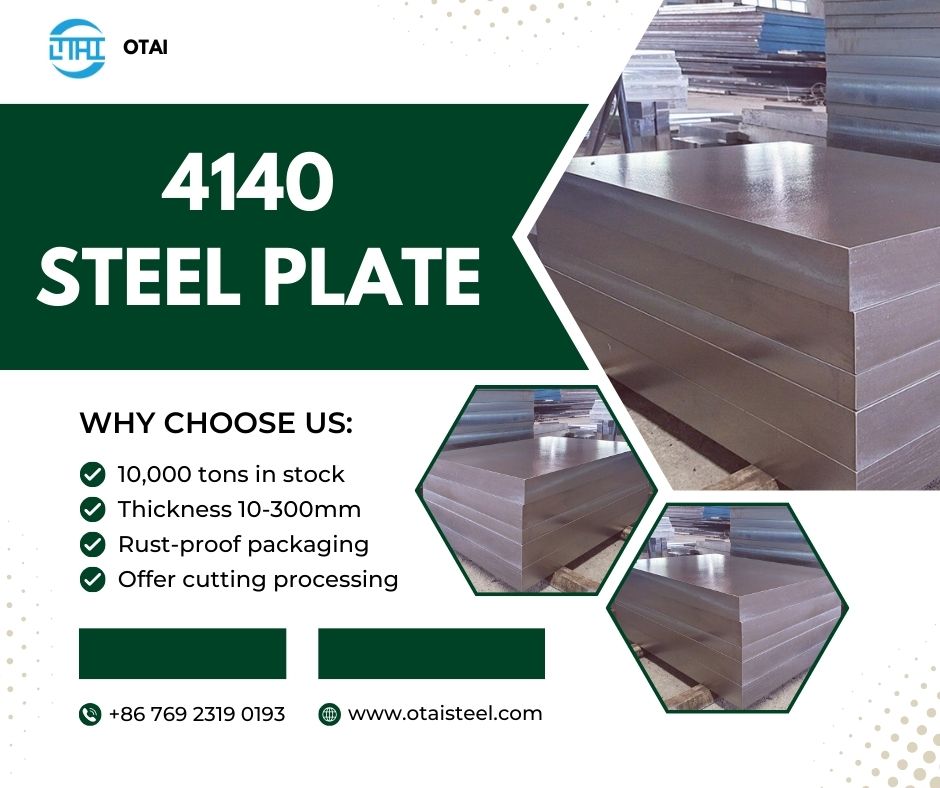
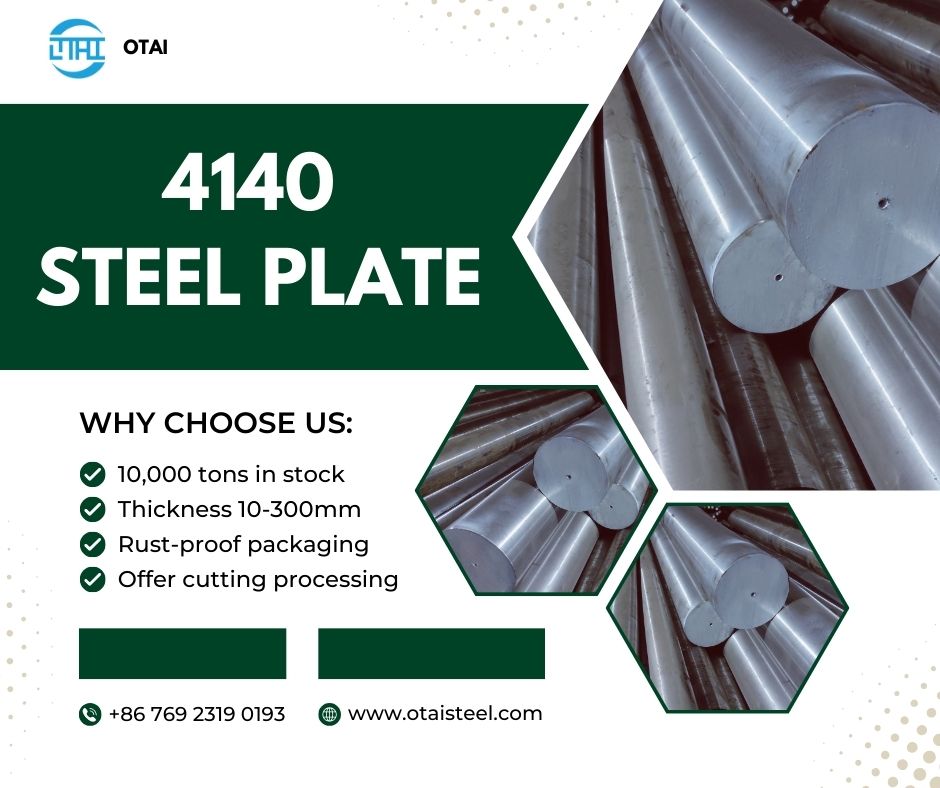
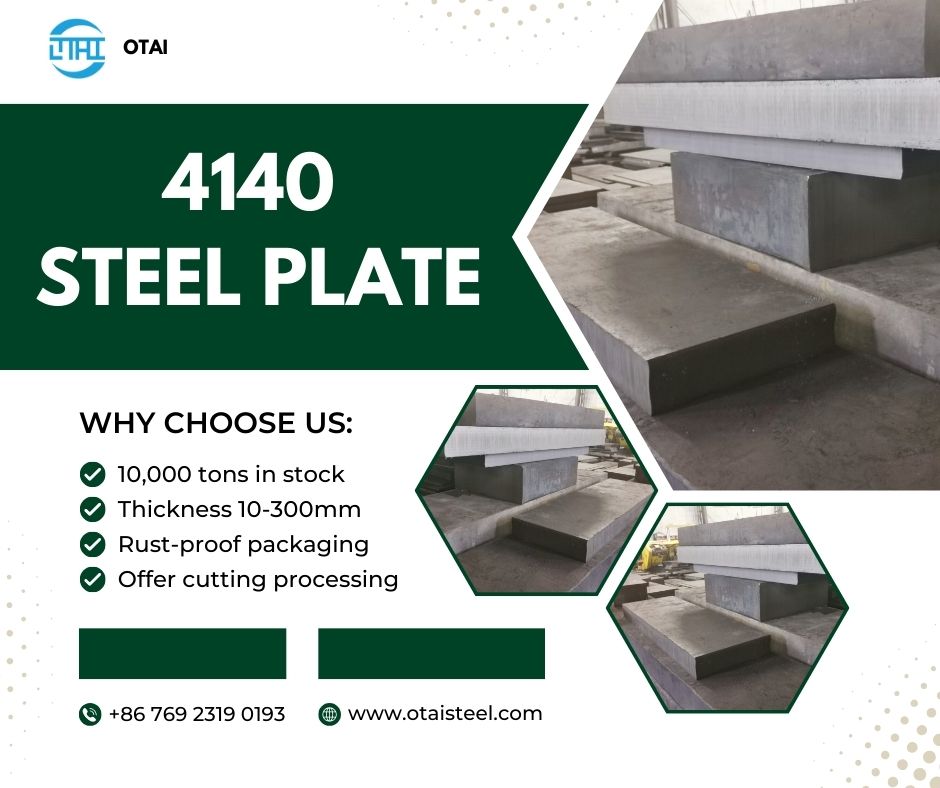
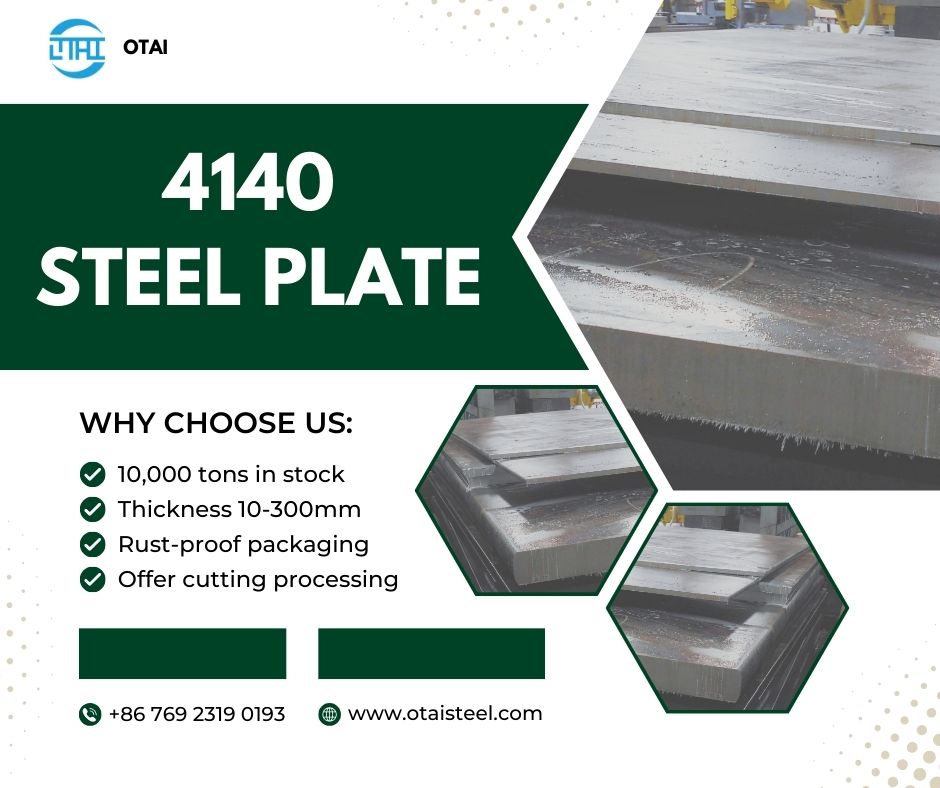
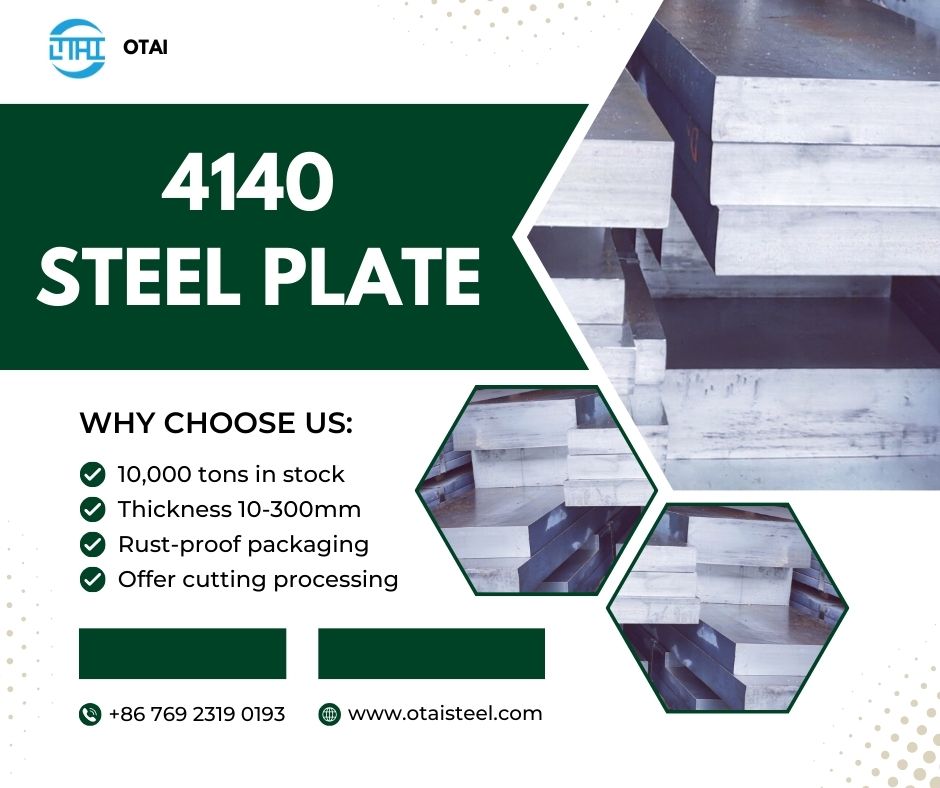
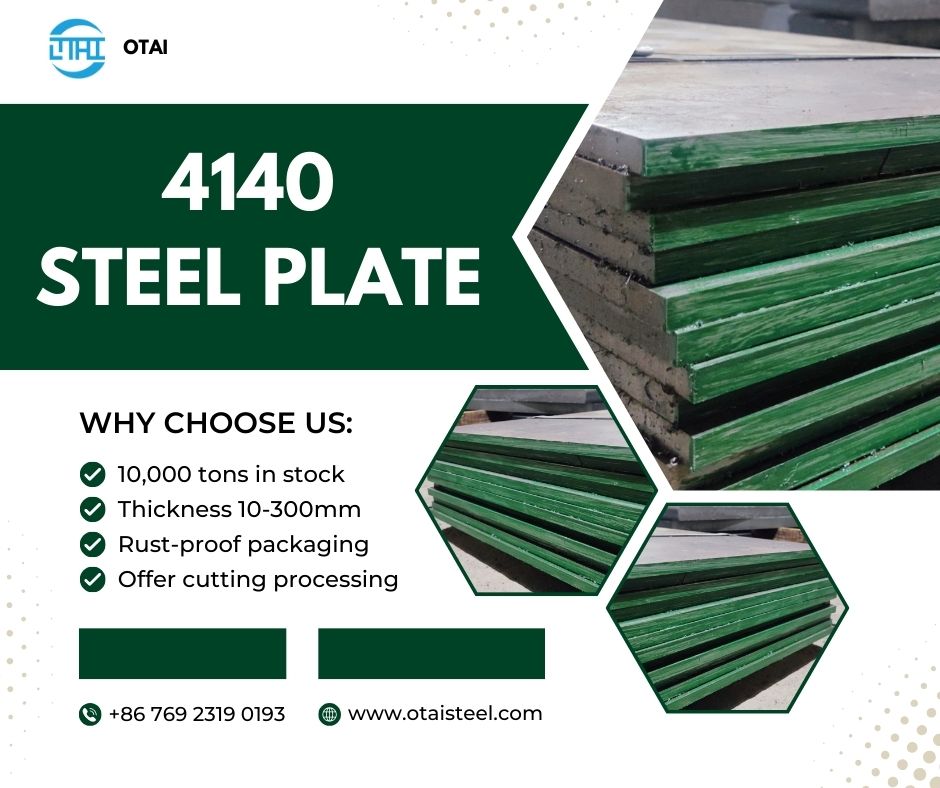
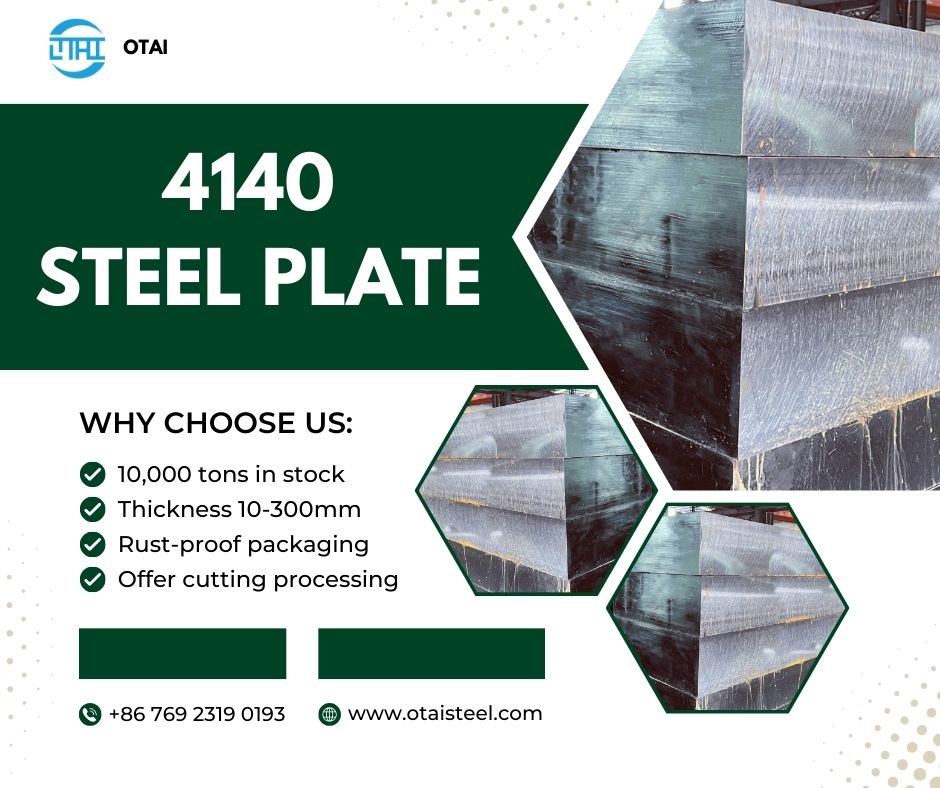 Leveraging the Magnetic Nature of 1/4 4140 steel plate for Superior Solutions
Leveraging the Magnetic Nature of 1/4 4140 steel plate for Superior Solutions